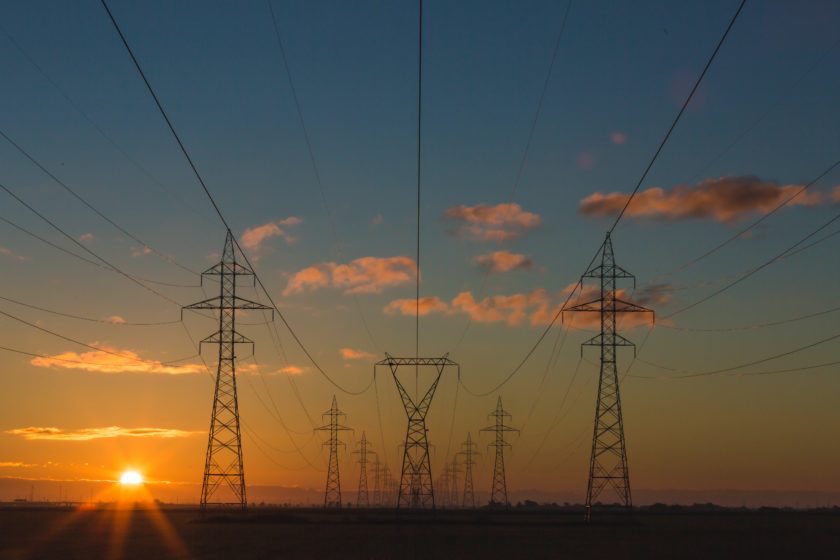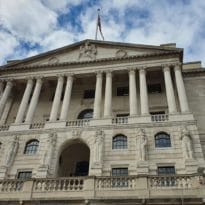Giles Coghlan, Chief Currency Analyst, HYCM, considers the pressures on portfolios as climate regulation, rising inflation, and demand for energy come to the fore this winter.
The energy crisis continues to unfurl. As an extreme surge in European gas prices has sent the financial markets into shock, investors must now grapple with the looming threat of stagflation, which is casting a very dark shadow over the post-pandemic recoveries of global economic recoveries. If supply chain issues weren’t enough for traders and investors to contend with, then the added implications of the COP26 summit in Glasgow this November will likely provide ample food for thought.
Already, there is plenty to mull over. Commodities have been extremely volatile in recent months, as world powers have faced gas shortages that, in turn, have driven up prices elsewhere. The price of Brent crude in the US, for example, has been sitting at multi-year highs above $86 a barrel. Meanwhile, investors in Europe have seen crude and gas prices ascend to near all-time highs.
As central bank meetings and COP26 beckon, November’s geo-political calendar should arm investors with a very clear picture of how things will play out with the energy crisis.
With climate regulation, rising inflation, and demand for energy all coming to the fore as the winter approaches, what should investors bear in mind when managing their portfolios?
Inflation is running hot
It almost goes without saying that so-called ‘stagflation’, which refers to a protracted period of high inflation alongside sluggish economic growth and wage pressures, will be a prime concern for traders and investors. Given the twin pressures of energy rationing and tightening consumer budgets, some may fear that global growth will suffer. Investors would do well to account for this potential issue, as any extended period of energy price inflation may ricochet, having a greater impact on global economic recovery.
As the data would have it, inflation figures have stabilised slightly in the UK where the energy crisis first began, as consumer prices rose to 3.1% in annual terms in September. That said, many expect the Bank of England (BoE) to act when the Monetary Policy Committee (MPC) next meeting on 4 November, potentially increasing interest rates to keep inflation at bay. On the other side of the pond, the US Federal Reserve is expected to remain dovish, with plans to raise rates still forecast for 2023, despite a significant rise to the annual rate of inflation in September; it hit a 13-year high of 5.4%.
This begs the question: how should investors act?
The first thing to consider would be the fact that oil has a great impact on the currency market, and we can be certain that central banks will be keeping a close eye on supply levels when determining economic policy. It has a strong inflationary component, and any sudden changes in the price of oil will have consequences in the FX world. As such, keep a keen eye on Fed and MPC announcements.
How will COP26 affect investment activities?
In terms of combating climate change and shifting focus to cleaner energy, the COP26 summit could hardly have come at a more apt time. Given nations have turned to ‘dirtier’ energy sources in response to supply difficulties, investors should expect to see world leaders ramping up their efforts to reduce their carbon emissions.
Investors should note the pace at which leaders plan to act – a more aggressive approach will no doubt have an impact on the markets. It is a given that the summit will mark a move towards investment in cleaner energy sources, as well as the technology required to advance the transmission and storage of such energy sources.
While it is important to note that there are substantial risks associated with making investments in emerging markets – especially energy stocks, which can be volatile – greener investments will certainly be worth a look. Beyond this, the summit will provide an opportune moment for investors to gain a full view of where the energy crisis is headed and consider this in line with their wider investment strategy.
Winter pressures
While COP26 commitments and economic policy remain firmly in the realm of civil decision-making, colder temperatures as we head into winter will provide investors with a more unpredictable set of challenges.
Conventional logic would have it that demand for energy rises each year as the winter months approach, so this year, supply issues may cause more difficulties than usual. Although a milder winter would probably be manageable, allowing supplies to be replenished, meteorologists are currently predicting a long, cold winter for the UK. This could potentially see UK gas storage levels overshadowed by stores in neighbouring European countries, pushing prices up higher for longer.
Clearly investors will have plenty of plates spinning throughout November as they weigh up these indicators, but ultimately, only time will tell.





































